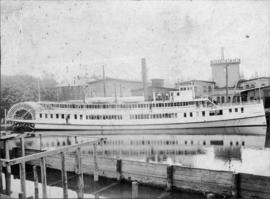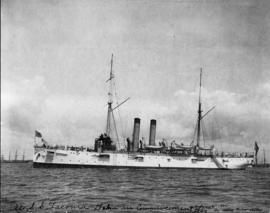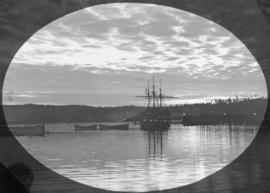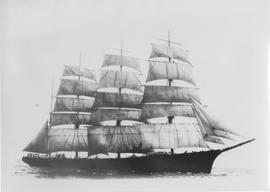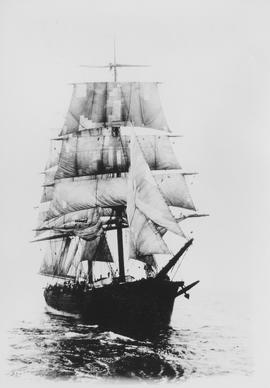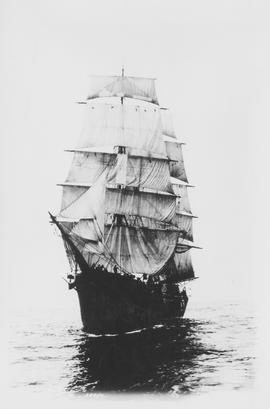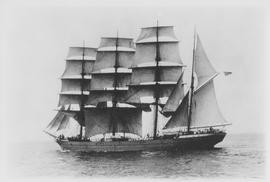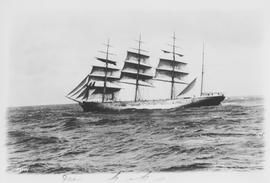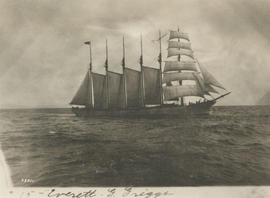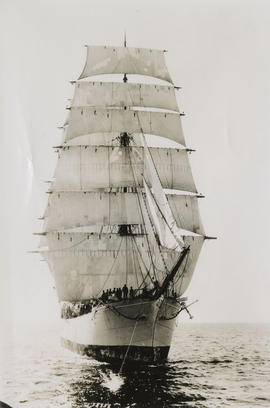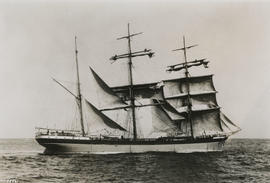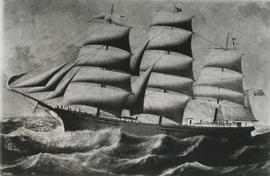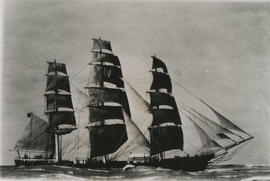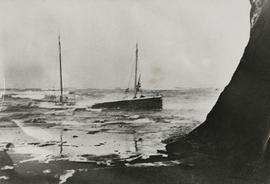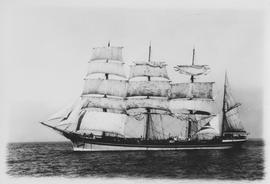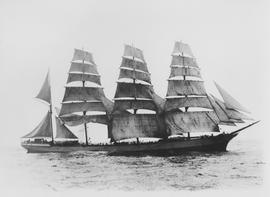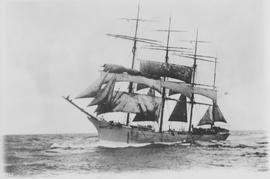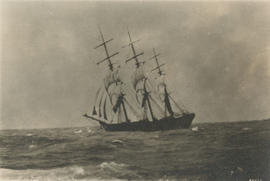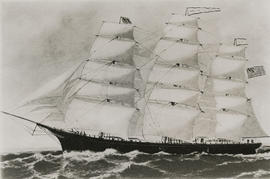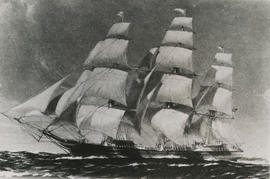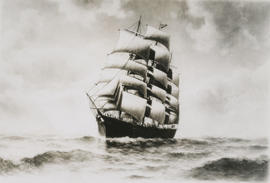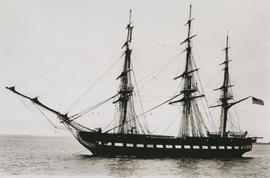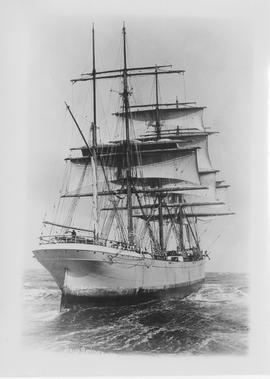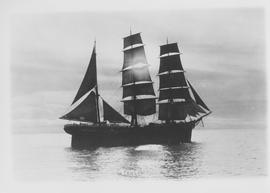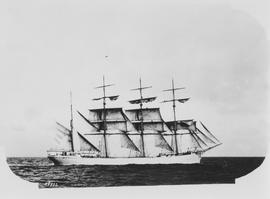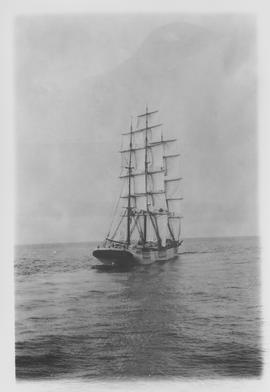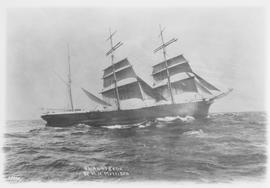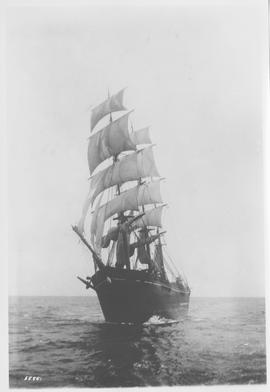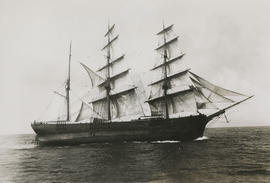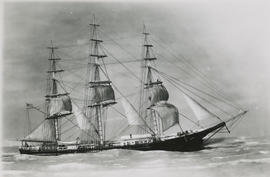- Item
Part of General Photograph Collection
Undated photograph of the stern-wheeler "Telegraph" docked at The Sumner Iron Works in Everett, Washington. She was built in Everett in 1903 for use in the Seattle-Tacoma run. The "Telegraph" was one of the last stern-wheelers built in Puget Sound. The slender vessel was 153.7 feet long. She was purchased by the Puget Sound Navigation Co. in 1910 and used regularly in routes from Seattle to Bremerton. On April 25, 1912, she was sunk by an errant steamer, the "Alameda," while docked at Seattle's Colman Dock. The "Alameda" had struck the dock, knocking its famous 72-foot tower into Elliott Bay and driving the "Telegraph" as far as the Grand Pacific Dock before sinking the stern-wheeler. The "Telegraph" would live to float another day; it was raised and repaired and remained in service for two more years before laying up. (Dorpat, "Steam Rolled," Seattle Times 3-17-2002; Findlay, Mosquito Fleet of South Puget Sound, p. 107)
Stern wheelers; Steamboats; Sumner Iron Works (Everett);
